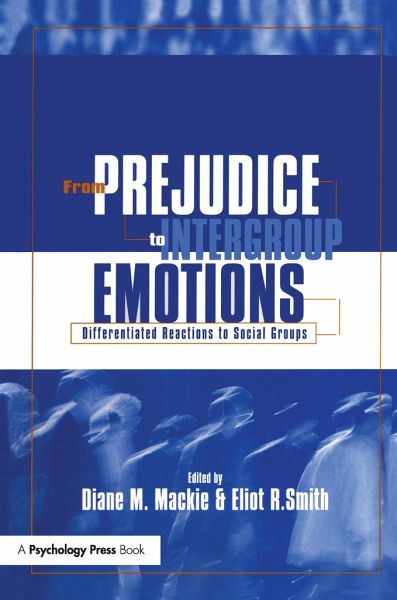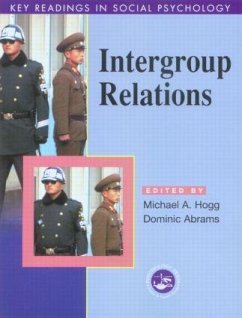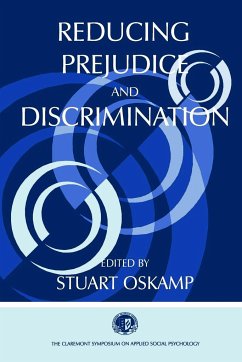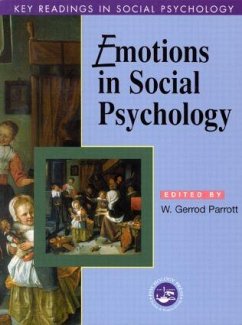
From Prejudice to Intergroup Emotions
Differentiated Reactions to Social Groups
Herausgeber: Mackie, Diane M.; Smith, Eliot R.
Versandkostenfrei!
Versandfertig in 1-2 Wochen
65,99 €
inkl. MwSt.
Weitere Ausgaben:

PAYBACK Punkte
33 °P sammeln!
The theories or programs of research described in the chapters of this book move beyond the traditional evaluation model of prejudice, drawing on a broad range of theoretical ancestry to develop models of why, when, and how differentiated reactions to groups arise, and what their consequences might be. The chapters have in common a re-focusing of interest on emotion as a theoretical base for understanding differentiated reactions to, and differentiated behaviors toward, social groups. The contributions also share a focus on specific interactional and structural relations among groups as a sour...
The theories or programs of research described in the chapters of this book move beyond the traditional evaluation model of prejudice, drawing on a broad range of theoretical ancestry to develop models of why, when, and how differentiated reactions to groups arise, and what their consequences might be. The chapters have in common a re-focusing of interest on emotion as a theoretical base for understanding differentiated reactions to, and differentiated behaviors toward, social groups. The contributions also share a focus on specific interactional and structural relations among groups as a source of these differentiated emotional reactions. The chapters in the volume thus reflect a theoretical shift from an earlier emphasis on knowledge about ingroups and outgroups to a new perspective on prejudice in which socially-grounded emotional differentiation becomes a basis for social regulation.














